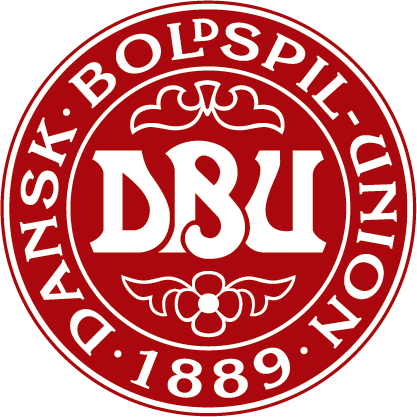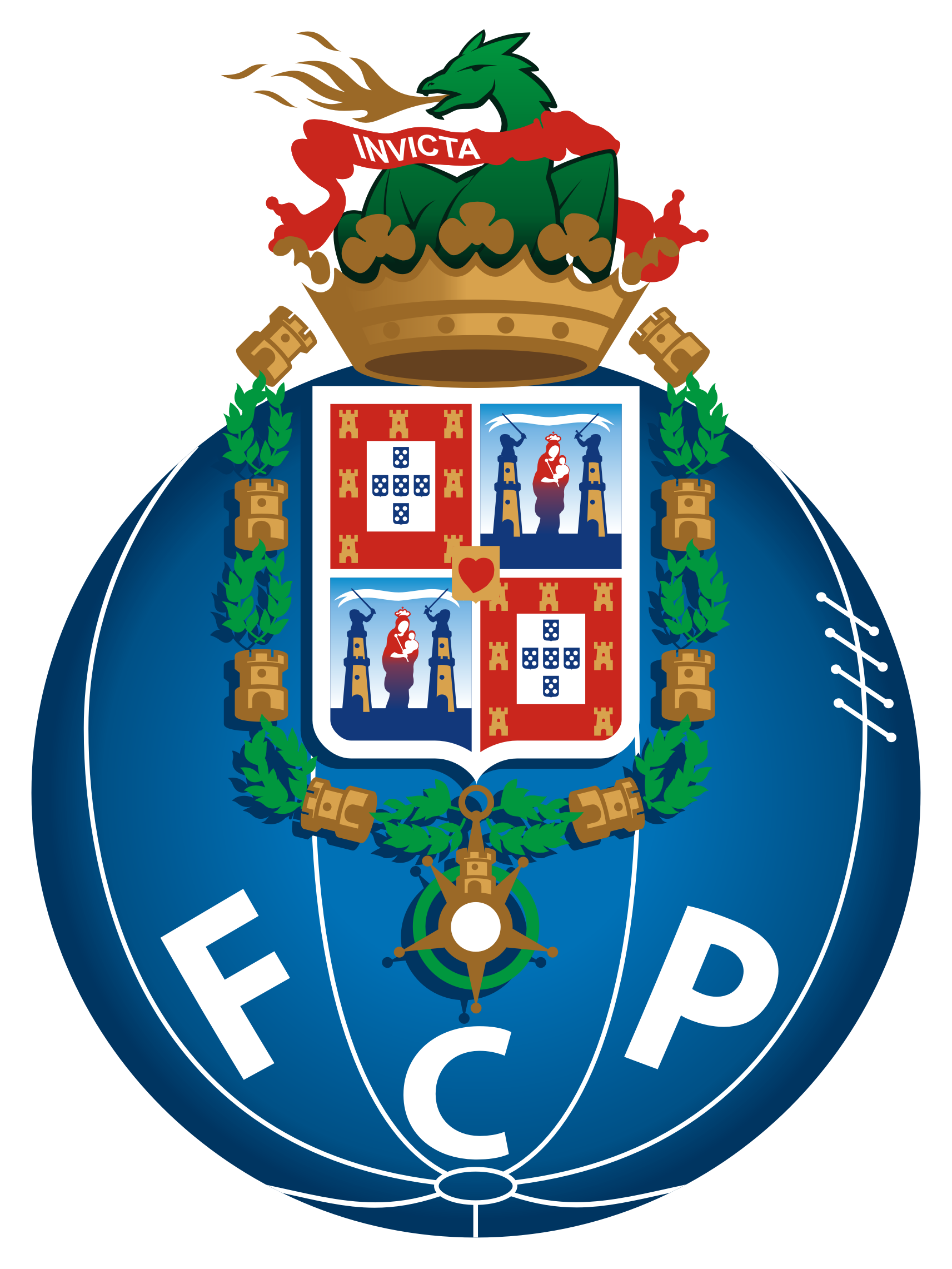A peculiar and uncommon, yet important topic as the focus of the fourth ACCESS webinar
Natural environment, ecosystems and biodiversity probably aren’t the first things one would think of when it comes to environmental sustainability of sports. Nevertheless, large sport events, renovations and buildings of existing or new large structures and venues, use of resources such as water, energy and more have a big impact on the living environment and ecosystems surrounding sport events.
Sport events are taking place in various settings – natural or rural, indoors or outdoors … Whatever the case is, certain negative impacts must not be ignored – land use, nuisances, habitat loss and more. All these impacts have a negative effect on the overall state of our natural environment, especially when it comes to habitats and biodiversity. These impacts can be caused by staging an event (light pollution, noise pollution), building or maintaining infrastructure (introducing invasive species, land use).
Cities and regions are putting a lot of effort in maintaining biodiversity, green areas among other and sports can play an important role in this.
Although not a usual suspect when it comes to environmental management, this module wants to look at the negative impacts sports make on flora and fauna through highlighting the dangers, showcasing solutions and features that would allow the natural environment to remain unharmed and strive alongside occurrences in sports.
In order to do so, the webinar will see the leading organisation in the field of nature conservation – the International Union for Conservation of Nature (IUCN) joining the webinar. Jana Janotova and Loredana Scuto will open it with a comprehensive overview of the problems, negative impacts and challenges that various stakeholders must ne aware of. Thanks to their targeted initiatives for nature conservations in sports, they will also reflect on how sports can act for nature through the mitigation hierarchy and a couple of examples for each level. Loredana Scuto will then provide an “excursion” into sport and urban biodiversity, as urban settings are very common for large stadium sports. In order to provide follow up actions for the participants, IUCN’s recently launched “Sports for Nature” charter will be presented, as well.
From the academic perspective, Alessio Novi of the Sant’Anna School of Advanced studies will provide some reflections and way of measuring ecosystem services value and biodiversity impacts of sport organisations.
Two more speakers would join us from Ireland, Míde Ní Shúilleabháin on behalf of the ACCESS project partner, the GAA and Barry Nolan, a wildlife expert who has extensive experience with planning and implementing biodiversity projects in sports grounds and many different contexts.
11.00 – 11.10: Welcome and introduction to the webinar series by the host, Ernest Kovacs, ACR+
11.10 – 11.35: Nature conservation and biodiversity protection through sports: Challenges, solutions and resources; Jana Janotova and Loredana Scuto, IUCN
11.35 – 11.50: Understanding the concepts of ecosystem value services and measuring impacts on biodiversity; Alessio Novi, Sant’Anna School of Advanced Studies
11.50 – 12.05: Nature and biodiversity conservation from a sport organisation perspective: tips and guidelines; Míde Ní Shúilleabháin, GAA (TBC)
12.05 – 12.20: Breathing nature into the urban environment – The Croke Park Stadium, a case study; Barry Nolan, Wildlife Management Services
12.20 – 12.35: Outdoor nature and biodiversity projects and initiatives; Poul Broberg, Danish Olympic Committee (TBC)
12.35 – 12.45: Discussion














